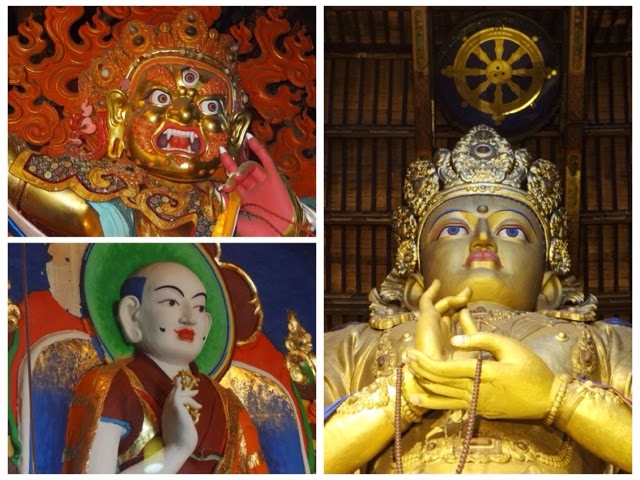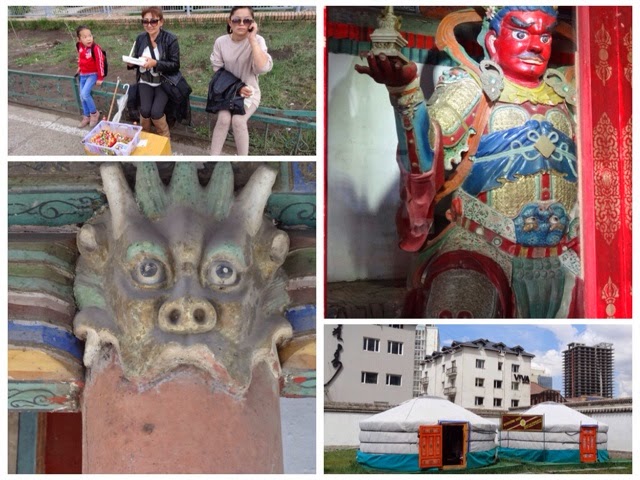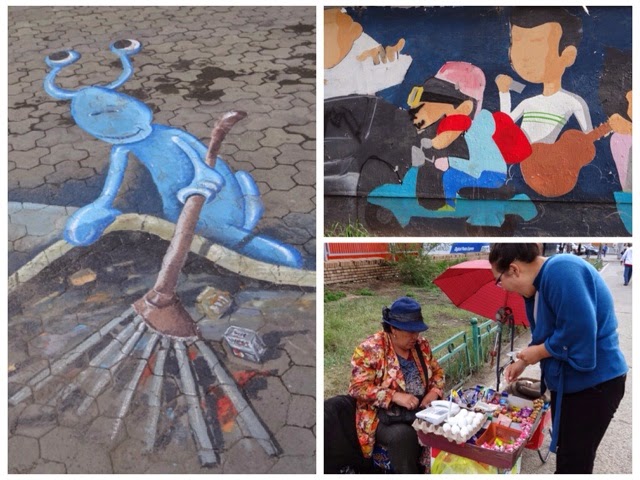Gandan Monastery, A Conversation With Monks, The Winter Palace Of The Last Bogd Khan, My Reflections And Other Crap That Came Into My Mind...

Gandan Monastery (short for Gandantegchinlen Monastery- a Tibetan name which means "Great Place of Complete Joy") is a Tibetan-style monastery that was the main reason for the very existence of Ulaanbaatar. In olden days, the whole settlement of Ulaanbaatar, then called Ikh Khuree, or "Great Camp," was centered around this temple, which stood at the heart of the city, with Gers erected all around it, providing accommodation for the Lamas and monks as well as to to all other inhabitants. It was a mobile monastery-town, which frequently changed its location along the three rivers in the area, depending on the availability of fresh water, wild game, and grass for the herds of animals. The spiritual leaders of those times were also the most powerful politicians, making all the laws and ruling decisions. Gandan temple, built in 1809, has been restored and revitalized since 1990; it was one of the only monasteries to be spared the destruction of almost all Buddhist bui

